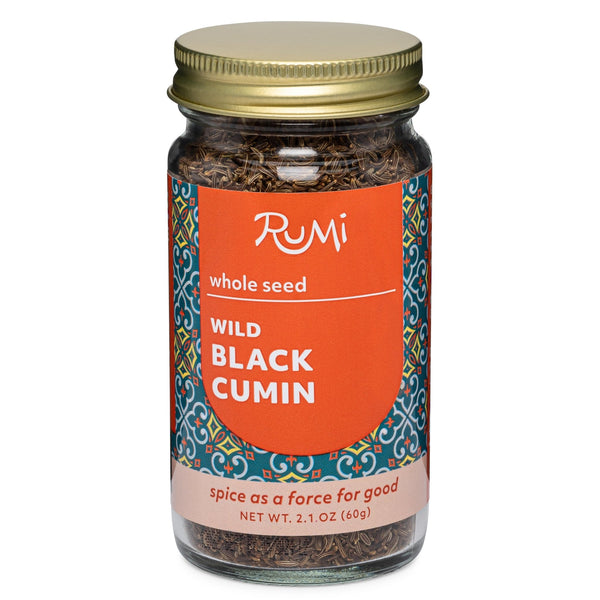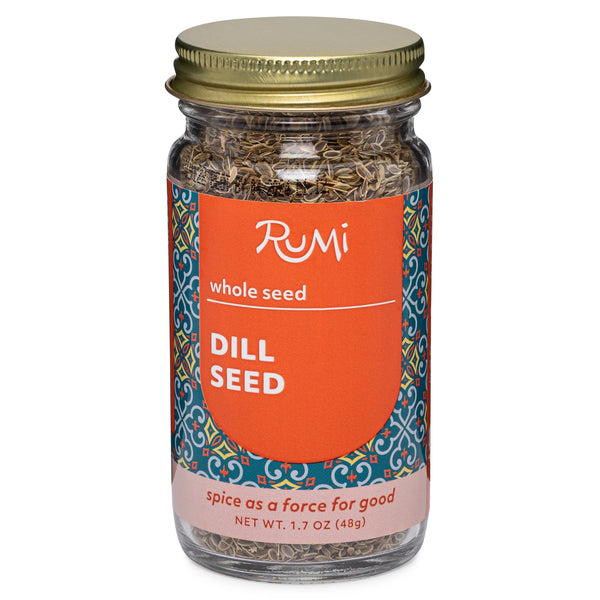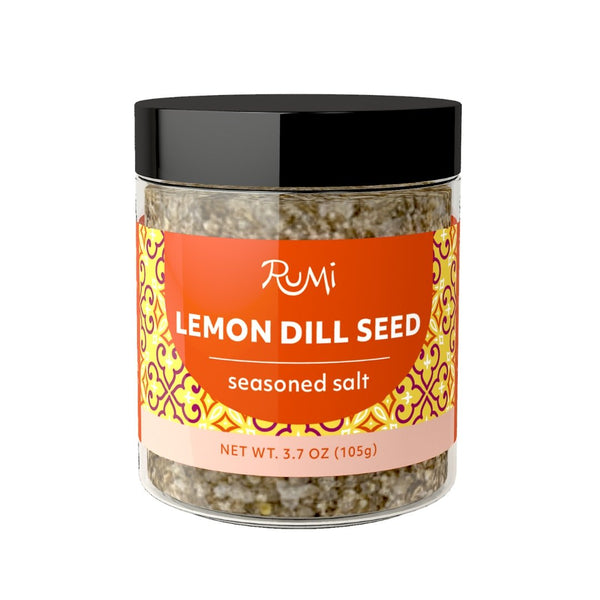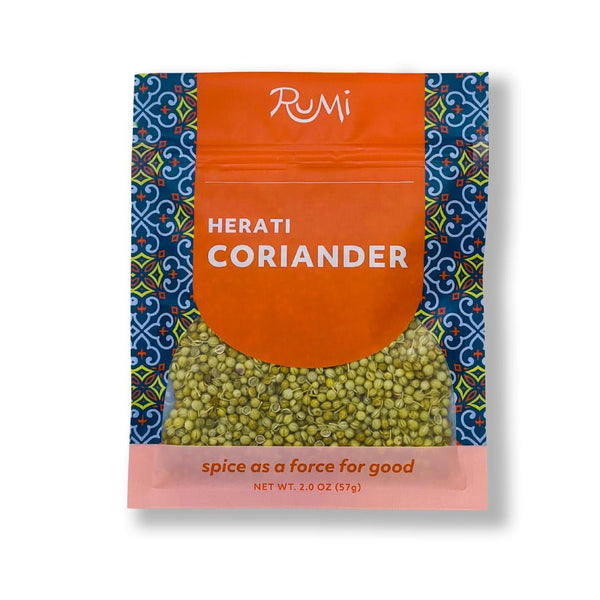Rumi Spice works directly with Afghan farmers to support their harvest seasons and bring you authentic, pure spices, sourced directly from the people that grow and harvest them.
Summertime means cumin, coriander, and fennel- three spices that make up so many of our favorite dishes. Our signature Afghan saffron is harvested in October & November, while the newest member of the Rumi Spice family, dill seed, is harvested in the spring. Afghanistan's unique geography lends itself to having a three-season spice harvest and producing some of the highest-quality spices, nearly all year round.
Even before the current events in Afghanistan, this year, the harvest presented its own growth and challenges. We connected with some of our local Afghan farmers to talk about how the climate impacted this year’s crops, how they’ve developed their expert skills, and how working with Rumi positively impacts their local economies.
We held a Q&A with our farmers and harvesters and want to share a glimpse into the bountiful summer harvest in Afghanistan:
Why is July the best time for harvesting Cumin, Coriander, and Fennel?
Each crop grows in a particular cycle of temperature and a for a specific period of time. Mostly the rain-fed crops are grown during the spring season here in Afghanistan, during the highest amount of participation. During April, May, and June the black cumin seeds grow easily in the hill and mountainous points. The Bedouins and farmers bring the harvest to the markets. These harvests are naturally organic and produced without fertilizers.
The fennel seeds have the same growth time as black cumin seeds, but few farmers grow fennel in irrigated land at the same time.
Coriander seeds are grown in two seasons here in Afghanistan. The first round is during the spring and the second round is during the fall season.
How is each of the spices harvested?
The farmers and Bedouins, both men and women, harvest the crops, then process them to separate the grains from the bushes.
What is the land and terrain like where each of these spices is harvested?
Black cumin and fennel seeds grow mostly in the hilly land and mountainous terrain. This area is open land where those spices grow wild. Coriander is grown and irrigated on private farms.
What about Afghanistan’s land and climate make it a good place to harvest high-quality spices like fennel, cumin, and coriander?
There is around 35% flat land in Afghanistan and the rest is mostly mountainous or hilly points. Geographically, Afghanistan is located at the intersection of 3 to 4 types of climates. This climate diversity paves the ground for a variety of crops, making the soil very unique and special for growing. This soil differentiates spices from Afghanistan from all other parts of the world.
How do farmers acquire expert skills to harvest these spices? Tell us about your process for harvesting the highest-quality spices.
Most of the activities are done by both men and women (working separately, or in the same family) . They have been doing this for years, and they have become experts on how to harvest and process each spice. The progress of the time and annual experience make them skilled experts for the following seasons.
Did climate change have an impact on this year's harvest? How did the farmers have to adapt to climate changes this year to maximize their harvest?
Unfortunately, climate change brought huge negative impacts to the farmers and Bedouins, especially last year. We saw just 135mm of total precipitation, not a good range for crop growth. There were 90% losses in rain-fed crops and 50% losses in animal husbandry. Both farming and livestock were negatively impacted, worse than in the past 20 years.
What is the impact of a three-spice harvest season on the environment? On the local economy?
Of course, our farmers’ and Bedouin peoples’ income comes mainly from selling agricultural products. Certainly, a good yield from the season means a more positive impact on the farmers’ income.
Most of the farmers are not dependent on just one or two crops or spices; they farm as well as tend livestock because both areas complement each other. The types of spices that are sourced by Rumi Spice are a huge help to their farmers. We are proud of Rumi selling our harvest and of course, this positively impacts the farmers’ income.
How does the summer harvest season close? What follows the harvest?
For the rain-fed crops and spices, as well as the irrigated ones, there is a limited harvest period. The crops need to be harvested when ready and then the seeds are removed from their pods on the bushes, but there is a limited amount of time to accomplish this task.
How does the harvest season of three major spices impact the lives of our farmers?
The farmers are very dependent on their agricultural and livestock products. Being able to partner with Rumi means a consistent demand for spices which in turn positively impacts everyone who is part of the harvest in our families and communities.





